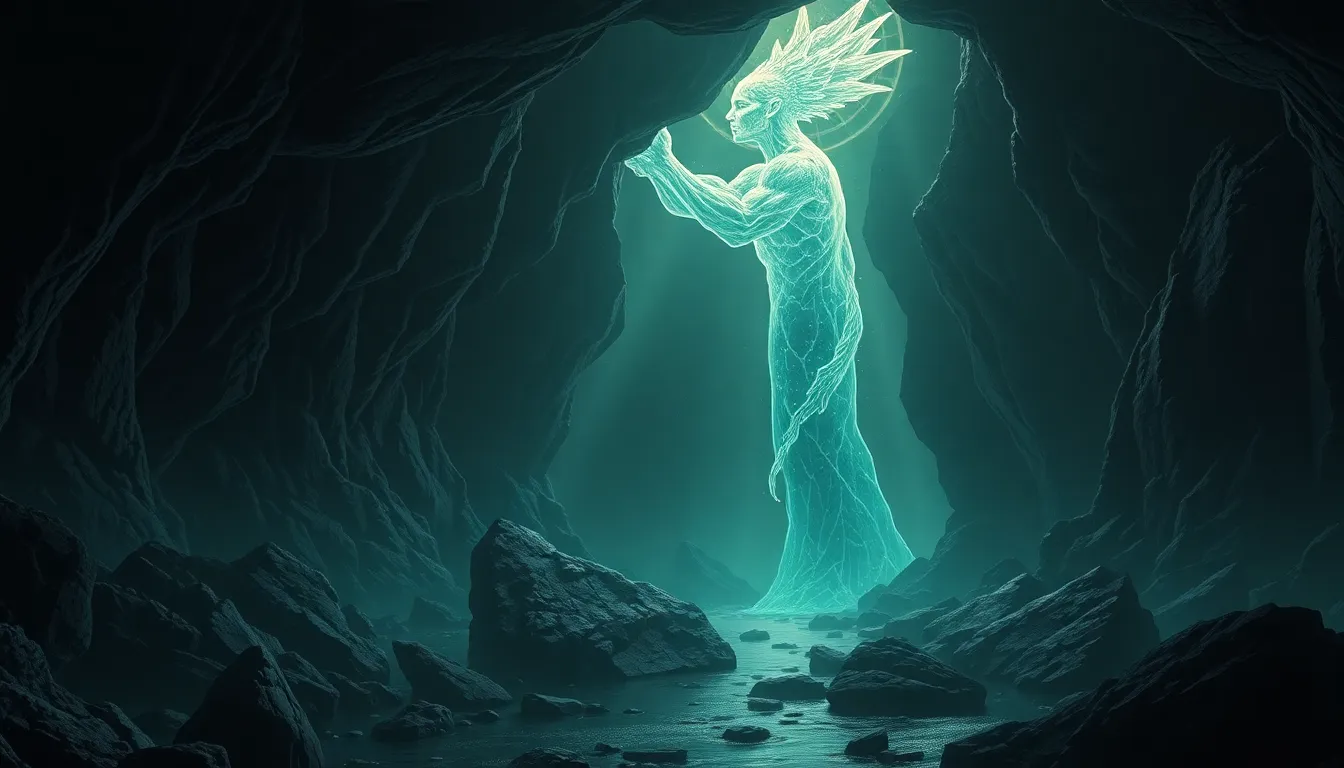The Tale of the Nurarihyon: The Lazy Yokai in Japanese Folktales
I. Introduction
Yokai, supernatural beings in Japanese folklore, captivate imaginations with their diverse forms and personalities. Among them, the elusive Nurarihyon embodies laziness and deception, leaving an indelible mark on cultural consciousness.
II. Origins and Description
The Nurarihyon finds its roots in ancient Japanese folklore. Depicted as a frail, elderly man with a long white beard and cap, it possesses an ambiguous aura, appearing both harmless and mischievous. Its elusive nature adds to its mystique, making it a constant source of intrigue and fascination.
III. Nurarihyon's Deception and Powers
The Nurarihyon's true nature lies in its deceptive abilities. A master of shape-shifting and illusions, it infiltrates human society undetected. Its signature power involves instilling a sense of laziness and lethargy upon unsuspecting victims. With a mere glance, it can drain their energy and motivation, leaving them in a perpetual state of indolence.
VI. Nurarihyon's Demise
Despite its deceptive powers, the Nurarihyon holds a critical weakness – its vulnerability to salt. This element, often associated with purification and protection, can break the Nurarihyon's hold over a household. Perseverance and wit are also crucial in overcoming its influence. By resisting laziness and seeking help from others, individuals can reclaim their energy and drive away the yokai.
VII. Cultural Significance and Symbolism
The Nurarihyon serves as a reflection of human nature and societal concerns. Its presence in folklore warns against the dangers of complacency and laziness. It embodies the importance of maintaining diligence and vigilance, lest one falls prey to stagnation and decay.
VIII. Nurarihyon in Modern Media
In modern times, the Nurarihyon has found a prominent place in anime, manga, and other popular culture mediums. Adaptations and reinterpretations of the folklore tale have brought the yokai to new audiences, showcasing its enduring appeal and relevance in contemporary society.
IX. Comparisons with Other Yokai
While the Nurarihyon possesses unique characteristics, it also shares similarities with other yokai. Like the Kappa, it is water-associated and mischievous. Additionally, it bears resemblance to the Jorōgumo, a seductive spider yokai that preys on humans. These thematic connections highlight the interconnectedness of Japanese yokai lore.
X. Conclusion
The Nurarihyon, a symbol of laziness and deception, occupies a significant place in Japanese folklore. Its elusive nature, manipulative powers, and cultural symbolism continue to captivate imaginations and inspire cautionary tales. By exploring the Nurarihyon's story, we gain insights into the human condition and the importance of pursuing diligence and vigilance in the face of adversity.
Frequently Asked Questions (FAQs)
Q: Is the Nurarihyon a benevolent or malevolent yokai?
A: The Nurarihyon is generally considered a malevolent yokai due to its deceptive nature and ability to instill laziness.
Q: How can one protect against the Nurarihyon?
A: Salt, perseverance, and wit are key to overcoming the Nurarihyon's influence.
Q: Is the Nurarihyon a common figure in Japanese folklore?
A: Yes, the Nurarihyon is a well-known and popular yokai, featured in numerous folktales, legends, and modern adaptations.
Q: What is the significance of the Nurarihyon's elderly appearance?
A: The Nurarihyon's frail and elderly guise symbolizes the dangers of complacency and the importance of maintaining diligence throughout life.
Q: Are there any famous stories or legends involving the Nurarihyon?
A: One of the most famous stories featuring the Nurarihyon is "The Tale of the Four Samurai," in which four samurai encounter the yokai and its deceptive nature.


